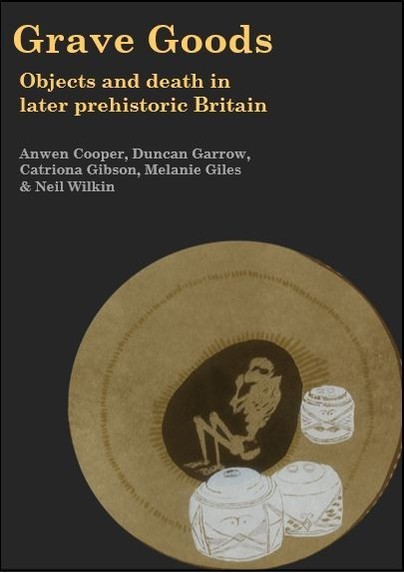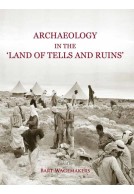Google Books previews are unavailable because you have chosen to turn off third party cookies for enhanced content. Visit our cookies page to review your cookie settings.
Grave Goods (Hardback)
Objects and Death in Later Prehistoric Britain
Imprint: Oxbow Books
Pages: 320
Illustrations: B/w and colour
ISBN: 9781789257472
Published: 10th December 2021
Script Academic & Professional
Pages: 320
Illustrations: B/w and colour
ISBN: 9781789257472
Published: 10th December 2021
Script Academic & Professional
You'll be £50.00 closer to your next £10.00 credit when you purchase Grave Goods. What's this?
+£4.99 UK Delivery or free UK delivery if order is over £40
(click here for international delivery rates)
Order within the next 5 hours, 24 minutes to get your order processed the next working day!
Need a currency converter? Check XE.com for live rates
(click here for international delivery rates)
Order within the next 5 hours, 24 minutes to get your order processed the next working day!
Need a currency converter? Check XE.com for live rates
Britain is internationally renowned for the high quality and exquisite crafting of its later prehistoric grave goods (c. 4000 BC to AD 43). Many of prehistoric Britain's most impressive artefacts have come from graves. Interred with both inhumations and cremations, they provide some of the most durable and well-preserved insights into personal identity and the prehistoric life-course, yet they also speak of the care shown to the dead by the living, and of people’s relationships with 'things'. Objects matter.
This book's title is an intentional play on words. These are objects in burials; but they are also goods, material culture, that must be taken seriously. Within it, we outline the results of the first long-term, large-scale investigation into grave goods during this period, which enables a new level of understanding of mortuary practice and material culture throughout this major period of technological innovation and social transformation. Analysis is structured at a series of different scales, ranging from macro-scale patterning across Britain, to regional explorations of continuity and change, to site-specific histories of practice, to micro-scale analysis of specific graves and the individual objects (and people) within them. We bring these different scales of analysis together in the first ever book focusing specifically on objects and death in later prehistoric Britain.
Focusing on six key case study regions, the book innovatively synthesises antiquarian reports, research projects and developer funded excavations. At the same time, it also engages with, and develops, a number of recent theoretical trends within archaeology, including personhood, object biography and materiality, ensuring that it will be of relevance right across the discipline. Its subject matter will also resonate with those working in anthropology, sociology, museology and other areas where death, burial and the role of material culture in people’s lives are key contemporary issues.
Other titles in Oxbow Books...















